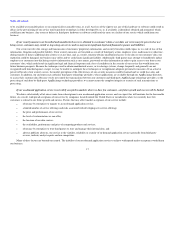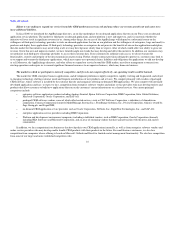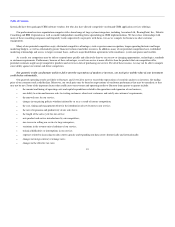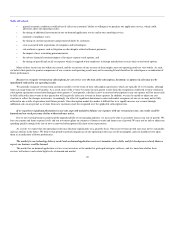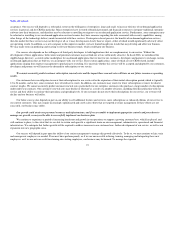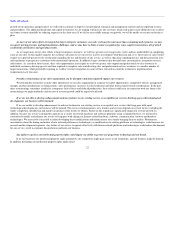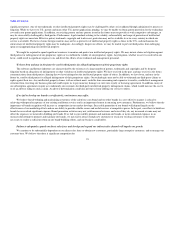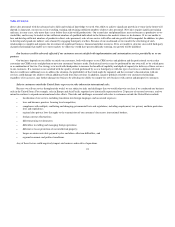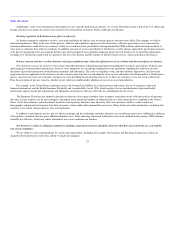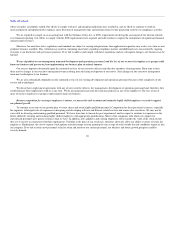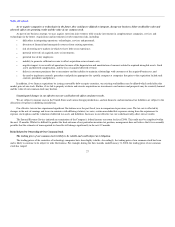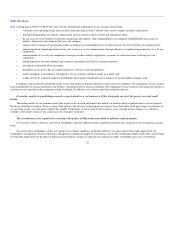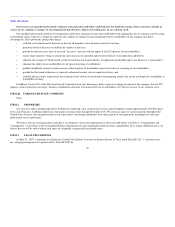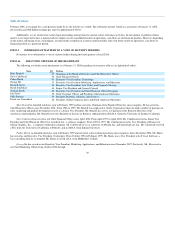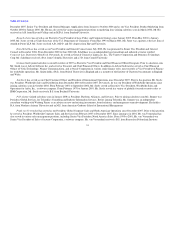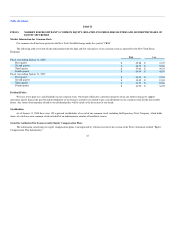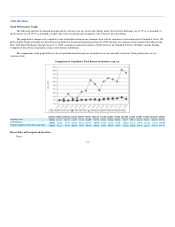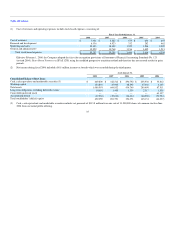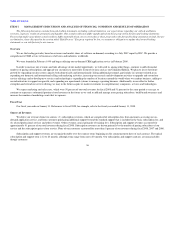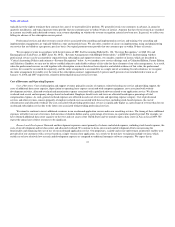Salesforce.com 2007 Annual Report Download - page 30
Download and view the complete annual report
Please find page 30 of the 2007 Salesforce.com annual report below. You can navigate through the pages in the report by either clicking on the pages listed below, or by using the keyword search tool below to find specific information within the annual report.
Table of Contents
As we acquire companies or technologies in the future, they could prove difficult to integrate, disrupt our business, dilute stockholder value and
adversely affect our operating results and the value of our common stock.
As part of our business strategy, we may acquire, enter into joint ventures with or make investments in complementary companies, services and
technologies in the future. Acquisitions and investments involve numerous risks, including:
• difficulties in integrating operations, technologies, services and personnel;
• diversion of financial and managerial resources from existing operations;
• risk of entering new markets in which we have little or no experience;
• potential write-offs of acquired assets or investments;
• potential loss of key employees;
• inability to generate sufficient revenue to offset acquisition or investment costs;
• negative impact to our results of operations because of the depreciation and amortization of amounts related to acquired intangible assets, fixed
assets and deferred compensation, and the loss of acquired deferred revenue;
• delays in customer purchases due to uncertainty and the inability to maintain relationships with customers of the acquired businesses; and
• the need to implement controls, procedures and policies appropriate for a public company at companies that prior to the acquisition lacked such
controls, procedures and policies.
In addition, if we finance acquisitions by issuing convertible debt or equity securities, our existing stockholders may be diluted which could affect the
market price of our stock. Further, if we fail to properly evaluate and execute acquisitions or investments, our business and prospects may be seriously harmed
and the value of our common stock may decline.
Unanticipated changes in our effective tax rate could adversely affect our future results.
We are subject to income taxes in the United States and various foreign jurisdictions, and our domestic and international tax liabilities are subject to the
allocation of expenses in differing jurisdictions.
Our effective tax rate has experienced significant fluctuations over the past fiscal year in comparison to previous years. The tax rate is affected by
changes in the mix of earnings and losses in countries with differing statutory tax rates, certain non-deductible expenses arising from the requirement to
expense stock options and the valuation of deferred tax assets and liabilities. Increases in our effective tax rate could materially affect our net results.
The Internal Revenue Service initiated an examination of the Company's federal income tax return for fiscal 2006. This audit may be completed within
the next 12 months. While it is difficult to predict the final outcome of any particular uncertain tax position, management does not believe that it is reasonably
possible that the estimates of unrecognized tax benefits will change significantly in the next 12 months.
Risks Related to Ownership of Our Common Stock
The trading price of our common stock is likely to be volatile and could subject us to litigation.
The trading prices of the securities of technology companies have been highly volatile. Accordingly, the trading price of our common stock has been
and is likely to continue to be subject to wide fluctuations. For example, during the three months ended January 31, 2008, the trading price of our common
stock has ranged
27


